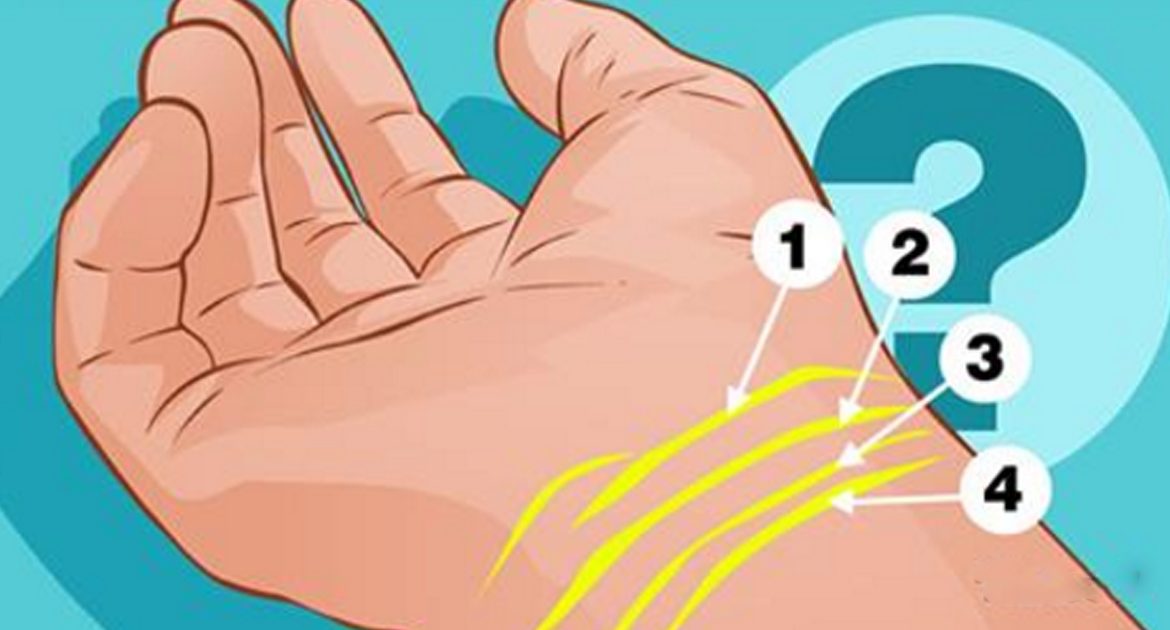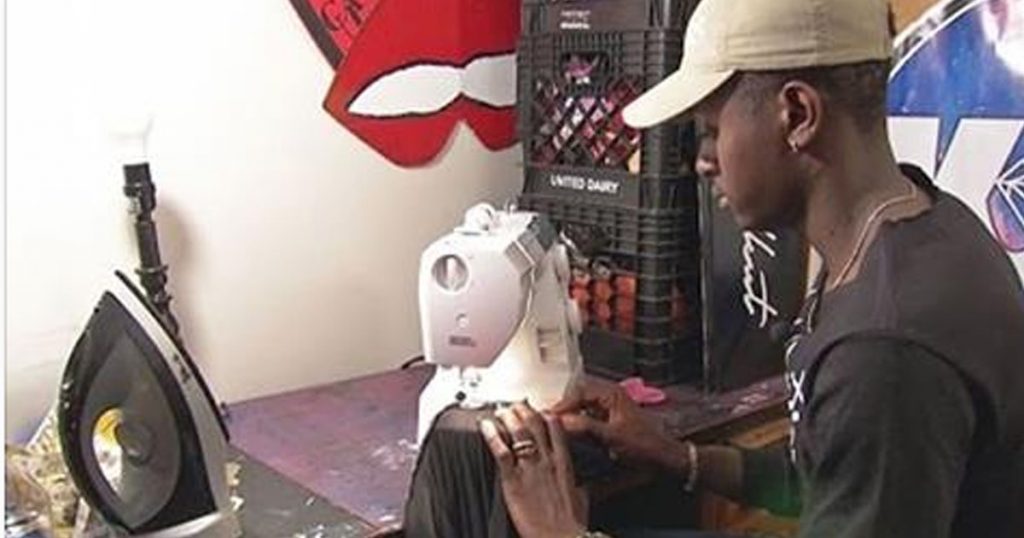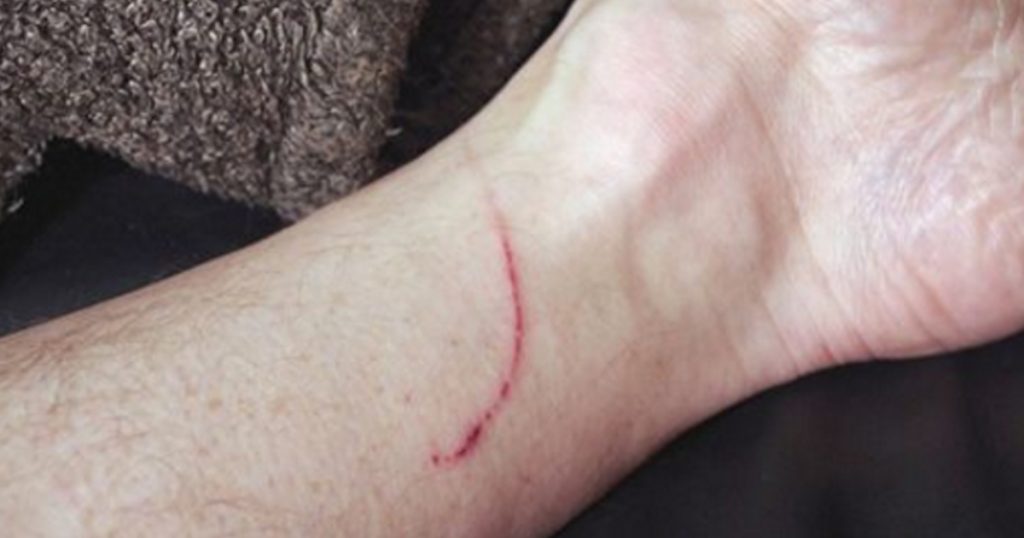Reading the hand, or palmistry, was first heard of hundreds of years ago. It was developed by Hindu astrologers. It was first mentioned in the Chinese book, and then palmistry quickly spread throughout East Asia. A bit later it has also appeared in Europe. Today palmistry is a practiced art.
One of the simplest ways of reading your hand isn’t by the way of your palm, but by the way of your wrist. There are bracelet lines in our wrists. They say that the more lines a person has, the longer they are to live. Most people have 2–3 lines, but sometimes there are 4. Each line has its own meaning and can tell you much about important things in your life. The first line often shows the problems with health.
Here is what each wrist line means:
First line: It is the most important line that can tell people about their health problems. If it’s deep and unbroken, it means that everything is fine. If it’s unclear or broken, the person can be careless and weak.
There is also a gender difference for the first line. For women, if it’s broken it can show some gynecological problems or difficulties with conceiving and giving birth. For man it might mean prostate or reproductive issues.
Second line: This line shows the level of wealth. If it’s clearly defined and unbroken, the person can expect to enjoy prosperity and bright future.
Third line: This line reveals the level of influence you’ll have in life. The more visible the line is, the better. If it’s unbroken and strong, you are likely to become very influential person.
Having these three lines means that the person is expected to live at least 69–84 years.
Fourth line: It is the rarest line of all. It usually goes parallel to the third line and can be seen as a complimentary to it. If you have this line, you will not only have power but also a very strong personal position in life that will never be compromised. Those who have the fourth line are likely to live more than 84 years!






